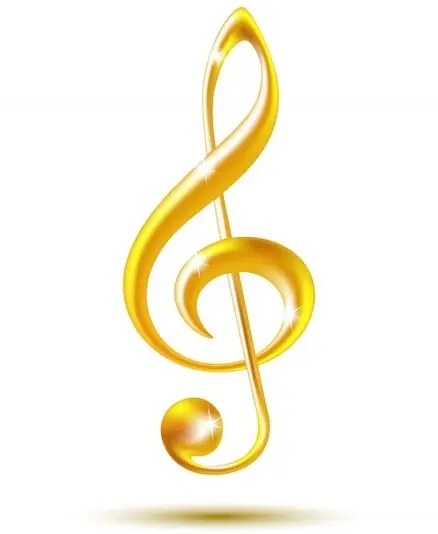
Parody |
Greek parodia, from para – against, in spite of and ode – song
1) Exaggerated, comic. imitation of some music. style, genre, individual music. work. P. of this kind has been formed since the 17th century. At the same time, both a new subtext is used, which in its content conflicts with the nature of the music, as well as sharpening, exaggerated emphasis on any features, expressive techniques, and melodies typical of a given school, composer’s style and a separate work. and harmonic. revolutions. That. parodied diff. genres wok.-instr. music. In the past, P. were distributed to decomp. samples of opera art. France in the 17th and 18th centuries. almost all popular operas were parodied; Opera theaters were created in other countries as well. 7 P. are known for Lully’s opera Attis. P. in Italian. opera style and opera-series by G. F. Handel – “The Beggar’s Opera” by J. Gay and J. Pepush marked the beginning of the English. ballad opera. Opera performances were often created in the genre of operetta (Offenbach’s Orpheus in Hell). Russian samples. opera parodies – Vampuka (posted in 1909), as well as Bogatyrs by Borodin (posted in 1867). Russians were created. P. and other genres. Among them are the romance “Classic” and wok. Mussorgsky’s Rayok cycle, wok. quartet “Serenade of four gentlemen to one lady” by Borodin, “Rкverie d’un faune apris la lecture de son journal” (“Dreams of a faun after reading a newspaper”) Cui for piano. (a parody of the orc. op. Debussy “Prelude to? Afternoon of a Faun” “). Items of this type retained their significance in the 20th century. A number of functions can be assigned to the domain of P. cycles E. Satie. By P. often resorted to in his Op. D. D. Shostakovich (ballets The Golden Age and The Bolt, the opera Katerina Izmailova, the operetta Moscow, Cheryomushki, the vocal cycle Satire to lyrics by S. Cherny, etc.). P. is used in variety art (for example, P. for song stamps), in puppet shows (for example, in the T-re of puppets under the direction of S. V. Obraztsov), in music. films.
2) In a broader sense, P., according to the accepted foreign language. terminology musicology, – the creation on the basis of any work of a new composition that differs from its prototype in purpose, style, character, etc. It constitutes a type of processing. The difference is that the processing is carried out for the sake of performing the work of another performer. composition, while P. is his creative. update. Compared to a paraphrase, it is more closely adjacent to its original source. One of the means of creating a song is a new subtext of a certain melody or a whole work, which is usually called counterfactual abroad (from the late Latin contrafacio – I do the opposite, I imitate). A new subtext of old melodies was already widespread in Nar. song, incl. during the interethnic “exchange” of melodies associated with translations, often significantly different in meaning from the original text. It found application in Gregorian chant, in the process of creating a Protestant chant, when the melodies of secular songs, sometimes of a very “free” content, were combined with spiritual texts. Later, in this way, many people turned from secular to spiritual. music prod. – chanson, madrigals, vilanelles, canzonettes. At the same time, their upper voices often became spiritual songs. Such revisions were widespread until ser. 17th century P. of this type played an important role in the mass of the 14th-16th centuries, where secular melodies from motets, madrigals, songs with new overtones, sometimes not only spiritual, but also secular, were widely used, incl. satirical, character (“parodic mass”), in the Magnificat. J.S. Bach used a similar practice in his work, a number of spiritual works to-rogo represent a new implication of his secular works. (for example, the basis of the “Easter Oratorio” is the “Shepherd’s Cantata”), and partly G. F. Handel (who turned two parts of the Utrecht Te Deum into the enseme “Have mercy upon me”). As a rule, the new subtext produced. (for example, motets and madrigals that become parts of the mass) was combined in P. with more or less means. reworking their music. For a long time (until the 19th century), the concept of painting extended to the processing of works, which are creative. interference in their essence, even if they were not associated with the replacement of the old text with a new one (increase or decrease in the number of voices, replacement of polyphonic sections with homophonic ones and, conversely, reduction or introduction of additional sections, changes in melody and harmony, etc. ).



